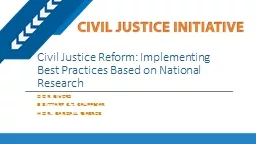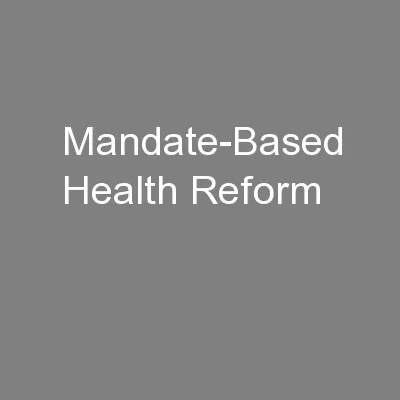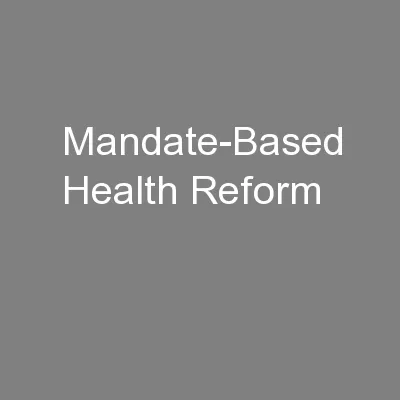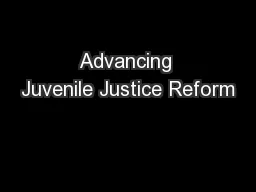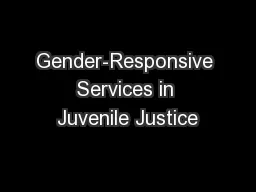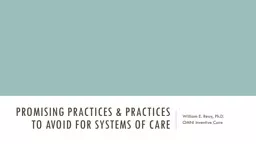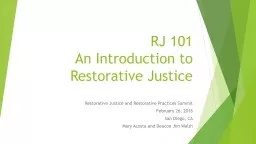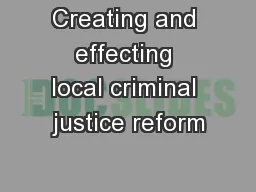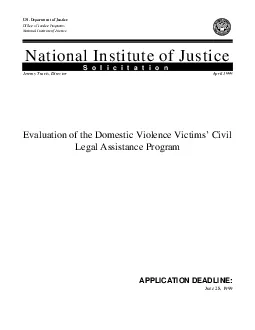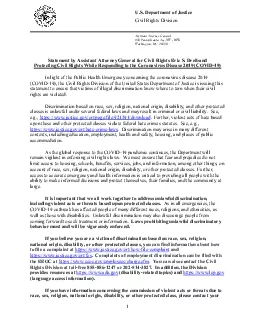PPT-Civil Justice Reform: Implementing Best Practices Based on National Research
Author : aaron | Published Date : 2018-03-09
Don Bivens Brittany KT Kauffman Hon Randall Warner Current Challenges in the Civil Justice System Vanishing trials and declining civil filings Cost and delay
Presentation Embed Code
Download Presentation
Download Presentation The PPT/PDF document "Civil Justice Reform: Implementing Best ..." is the property of its rightful owner. Permission is granted to download and print the materials on this website for personal, non-commercial use only, and to display it on your personal computer provided you do not modify the materials and that you retain all copyright notices contained in the materials. By downloading content from our website, you accept the terms of this agreement.
Civil Justice Reform: Implementing Best Practices Based on National Research: Transcript
Download Rules Of Document
"Civil Justice Reform: Implementing Best Practices Based on National Research"The content belongs to its owner. You may download and print it for personal use, without modification, and keep all copyright notices. By downloading, you agree to these terms.
Related Documents

